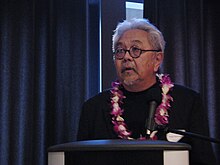
Morris Cole Graves was an American painter. He was one of the earliest Modern artists from the Pacific Northwest to achieve national and international acclaim. His style, referred to by some reviewers as Mysticism, used the muted tones of the Northwest environment, Asian aesthetics and philosophy, and a personal iconography of birds, flowers, chalices, and other images to explore the nature of consciousness.
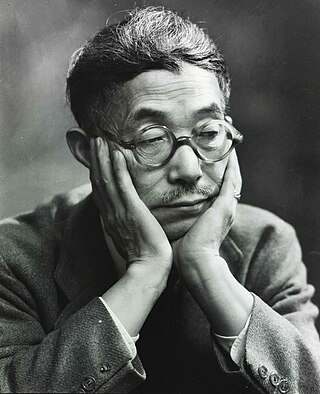
Yasuo Kuniyoshi was an eminent 20th-century Japanese-American painter, photographer and printmaker.
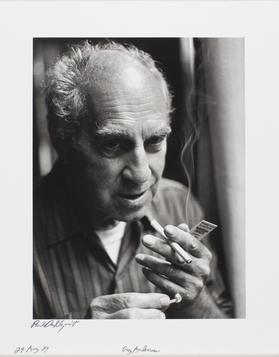
Guy Anderson was an American artist known primarily for his oil painting who lived most of his life in the Puget Sound region of the United States. His work is in the collections of numerous museums including the Seattle Art Museum, the Tacoma Art Museum, and the Metropolitan Museum of Art. He has been called "Perhaps the most powerful artist to emerge from the Northwest School".

Minna Wright Citron was an American painter and printmaker. Her early prints focus on the role of women, sometimes in a satirical manner, in a style known as urban realism.

Masami Teraoka is an American contemporary artist. His work includes Ukiyo-e-influenced woodcut prints and paintings in watercolor and oil. He is known for work that merges traditional Edo-style aesthetics with icons of American culture.

Sven Birger Sandzén, known more commonly as Birger Sandzén, was a Swedish painter best known for his landscapes. He produced most of his work while working as an art professor at Bethany College, Lindsborg, Kansas.

George Tsutakawa was an American painter and sculptor best known for his avant-garde bronze fountain designs.
Renée Stout is an American sculptor and contemporary artist known for assemblage artworks dealing with her personal history and African-American heritage. Born in Kansas, raised in Pittsburgh, living in Washington, D.C., and connected through her art to New Orleans, her art reflects this interest in African diasporic culture throughout the United States. Stout was the first American artist to exhibit in the Smithsonian's National Museum of African Art.
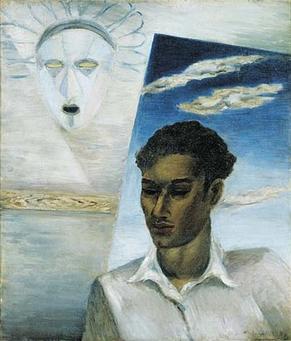
Isami Doi was an American printmaker and painter.
Associated American Artists (AAA) was an art gallery in New York City that was established in 1934 and ceased operation in 2000. The gallery marketed art to the middle and upper-middle classes, first in the form of affordable prints and later in home furnishings and accessories, and played a significant role in the growth of art as an industry.
Patricia DuBose Duncan is an artist living in Topsham, Maine. She is best known for her work to gain support for designating some of the last remaining tall grass prairie land in the American Midwest, as the Tallgrass Prairie National Preserve. This land was publicized in a Smithsonian Traveling Exhibition (S.I.T.E.S.) in 1976-86 as a Bicentennial Exhibition. The exhibit has been digitally preserved by Kansas State University's Marianna Kistler Beach Museum of Art.

Frank Lobdell (1921–2013) was an American painter, often associated with the Bay Area Figurative Movement and Bay Area Abstract Expressionism.
Bertha Boynton Lum was an American artist known for helping popularize the Japanese and Chinese woodblock print outside of Asia.
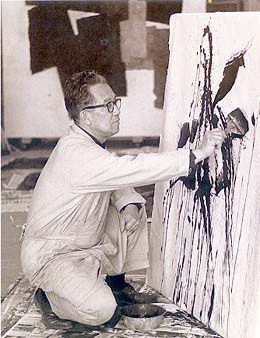
Paul Chikamasa Horiuchi was an American painter and collagist. He was born in Yamanashi, Japan, and studied art from an early age. After immigrating to the United States in his early teens, he spent many years as a railroad worker in the Western U.S. In 1946, he moved to Seattle, Washington, where he eventually switched his focus from painting to collage and came to be associated with the "Northwest School" of artists. In his mid-forties, he was finally able to devote himself to art full-time, his unusual collage style becoming very popular in the 1950s and 60s. He continued creating art at his studio in Seattle until succumbing to Alzheimer's-related health problems in 1999.

Fay Chong (1912–1973) was a Chinese-American artist and educator, well known for his printmaking and watercolor painting. He was also known for his activities as an arts organizer, arts educator and WPA-era artist. Chong was active in the Pacific Northwest.

Robert Bruce Inverarity was an American artist, art educator, museum director, author, and anthropologist. He was the Washington State Director of the Federal Arts Project from 1936 to 1939 and the Washington Arts Project from 1939 to 1941, working with many noted Pacific Northwest artists. Fascinated with the Indian tribes of the Northwest from early youth, he amassed a major collection of North Pacific Coast Native art and authored several works on the subject.

Midori Kono Thiel is a Japanese American calligrapher based in Seattle. She grew up on Maui. She received her bachelor of arts and master of fine arts from the University of California, Berkeley. She has exhibited at the De Young Museum, San Francisco; Tokyo Metropolitan Art Museum; Seattle Art Museum; Portland Art Museum; Henry Art Gallery, Seattle; Cheney Cowles Art Museum, Spokane; and the Wing Luke Museum of the Asian Pacific American Experience, Seattle.
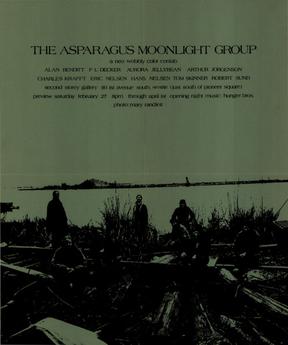
Fishtown was an informal artists' community housed in a cluster of old cabins and fishing shacks on the Skagit River delta in Skagit County, Washington, USA, from the late 1960s to the mid 1980s. It was part of the larger Skagit Valley arts community, centered on the town of La Conner, but was rustic and isolated, without electricity or plumbing, and tended to attract younger and more eccentric artists. It was home to several noted painters, poets, and sculptors. Charles Krafft, who went on to international attention and controversy as a ceramicist, was for over ten years the "self-proclaimed Mayor of Fishtown"; another longtime resident was Robert Sund, who, along with several other poets, developed a recognizable Pacific Northwest style of poetry. Scholar, painter, and poet Paul Hansen, who became a professor of Chinese languages and noted translator of early Chinese poetry lived in Fishtown for several years, and best-selling author Tom Robbins was a frequent visitor.

Alfredo Arreguín was a Mexican-American painter. For sixty years, he worked out of his adopted home of Seattle, Washington, producing his signature style of pattern paintings that sourced his Mexican culture and his experience in the Pacific Northwest. He was known as a leader in the Latin American art scene.
